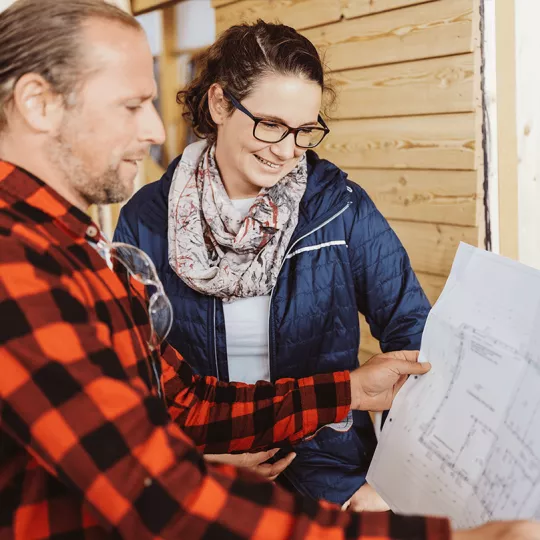With National Safe Work Month underway, it’s a timely reminder for Aussie tradies to reassess the health risks lurking on job sites—especially from silica dust.
Despite the recent ban on engineered stone, thousands of workers continue to face daily exposure through other materials like bricks, concrete, and tiles.
Known as “the new asbestos,” crystallised dust remains a silent killer. Its effects often go undetected for years before the victim’s health starts to decline.
The substance leads to a range of lung problems, including the incurable disease silicosis as well as forms of lung cancer.
But despite the health risks, Build-it recently revealed that tradies have downed tools regarding silica safety since the abovementioned ban.
A recent survey by Lung Foundation Australia showed that while 78 per cent of workers were aware of silica risks, less than a quarter were concerned about developing silicosis.
With proactive protection clearly waning in the aftermath of the engineered stone ban, Build-it has worked with Lung Foundation Australia to help develop these top safety tips to help tradies minimise silica dust exposure while on the job.
PPE – The first line of defence
PPE is your best friend when it comes to avoiding exposure to hazardous materials like silica dust.
With no known safe exposure levels to silica dust, tradies are urged to ensure they always wear PPE, especially approved respiratory protection when working with silica-containing materials.
Masks should be rated for fine dust particles and worn properly—fitted snugly around the nose and mouth, with no gaps.
Lung Foundation Australia CEO Mark Brooke stressed to Build-it the importance of personal protective equipment (PPE) when dealing with silica-based products.
“There are steps that tradies can take to protect themselves and their lungs on site, particularly when working with materials that contain silica dust and other hazardous agents,” he said.
“The level of exposure and the length of time a person is exposed will affect the type of silicosis which may develop.
“To best protect themselves, they must ensure they are wearing adequate PPE, including masks, and following the cleaning and maintenance instructions on this equipment.”
Equipment – The right tools for the job
The next best way tradies can protect themselves is to ensure they are correctly following the job site’s Hierarchy of Controls.
These guidelines are an approach for managing workplace hazards by eliminating risk where possible, substituting in less dangerous materials, implementing safety controls, and finally advising and providing PPE.
Water suppression and on-tool extraction systems can significantly reduce the amount of airborne silica dust produced during cutting, drilling, or grinding.
However, when tradies lack the right safety tools, they should speak to their employer before commencing any work.
“Workers can follow the direction of their employers and use correct tools for specific tasks, including water cutting tools and exhaust tools when using hazardous materials,” Mr Brooke told Build-it.
Check – Speak to your GP
Given that silicosis can develop without symptoms and progress silently over time, it’s critical that workers monitor their health proactively.
Lung Foundation’s recent survey revealed that only 8 per cent of tradies who work with silica dust had discussed silicosis with their GP, despite the majority already being exposed to dangerous levels.
However, regular health check-ups and lung screening can catch any potential issues early, helping to slow the progression of disease or, for other lung-related conditions, work towards curing them.
“Workers are strongly encouraged to speak to their doctor about their workplace exposure and the types of work they do, to ensure their lungs and general health are adequately monitored,” Mr Brooke told Build-it.
Risks – Speak up for safety
Tradies need to feel empowered to raise concerns when they see any unsafe practices on-site.
Workplace safety isn’t just about protecting yourself; it’s also about looking out for your mates too. If something doesn’t seem right, don’t wait until it’s too late to flag it.
Mr Brooke urged Build-it readers to take action when they see danger while on the tools.
“Workers can speak to their workplace health and safety representative or employer on-site, if they are concerned about any activity being done on-site, and ensure they are following processes to minimise exposure to hazardous materials,” he said.
Reflect – Take the quiz
Lung Foundation Australia offers a simple online quiz for tradies who are stressed about their risk level, helping them breathe a little easier.

This tool helps workers identify whether they’re at increased risk of developing silicosis or other lung conditions based on their work practices.
“All workers are encouraged to take Lung Foundation Australia’s Healthy Lungs at Work Quiz to better understand their risk,” Mr Brooke said.
So, this National Safe Work Month, take the time to make sure you’re doing everything possible to protect yourself and your mates from silica dust exposure—after all, it’s your health on the line.








